The restoration of cultural relics is a process of continuous exploration. Although some restoration methods are still controversial, this is an irreversible process. If the restoration is not done properly, it will permanently destroy historical and cultural relics. There are some cultural relics in the world that are not so lucky, becoming completely unrecognizable after failed restoration and painting.

In order to avoid repeating the same mistakes, choosing appropriate methods to preserve and restore cultural relics is crucial. With the continuous development of science and technology, the identification, inspection, and protection of cultural relics have a big breakthrough. 3D scanning is undoubtedly a powerful technique in the cultural heritage restoration industry. Let’s see how it works.
Digital restoration of a broken buddha statue using 3D scans
This buddha statue has lost his arms, and some parts of his face are also broken. According to experts’ opinions, the scan data of the same batch of cultural relics will be used for restoration.
First, use the fast mode of the handheld 3D scanner to quickly scan the damaged cultural relics to obtain complete 3D data of the cultural relics.
Then, we import the data into ZBrush, repair the lost or broken meshes, and fix his nose.
With reference to the Buddhist Scriptures and professional advice, we select other buddhas which have similar postures and clothes, replicate their arms and fix them onto the statue. Below is a perfect combination.
Due to the particularity of the cultural relics, the restored model needs experts to confirm the details. At last, the physical object can be reconstructed and restored according to the three-dimensional digital model.
Obtain high-quality three-dimensional data of cultural relics through 3D scanning, archive this data, rebuild or restore damaged cultural relics through high-precision digital processing equipment, or produce derivatives of existing cultural relics and substitute exhibits, we can pass on the cultural heritage to future generations.
Preserve the ancient hitching posts by 3D scanning and printing technologies
Hitching posts are a kind of unique stone carvings in northern China. At first they were used to tie horses, cows, etc., and then gradually changed from practical items to decorations. As the years passes, with the exception of a few areas, hitching posts are rarely seen in China.
The Archeology teacher and students from Beijing University of Technology noticed there was some hitching posts in the school yard which had suffered from erosion. They scanned the decorations on the top of the hitching posts with an handheld 3D scanner. In order to avoid the influence of the strong light on scanning, the students thought of the way of holding an umbrella.
After obtaining the three-dimensional data of the hitching posts, the teacher began to repair the damaged part. The restored three-dimensional data of the horse tie column looked refreshing, as if the history that had been sleeping for more than a hundred years was coming to life.
The repaired digital 3D models have been uploaded to online library so that every one can appreciate them closely. FacFox also helped them print the scale-down miniatures with SLA technology.
3D printed thumb drives help a museum to promote their most precious collection
The bronze Tiger and Deer ornament shows the scene of a standing tiger catching the deer with its strong claws. The delicate body of the deer is extremely distorted, and its hind hooves are stretched helplessly, wearing a look of fear and helplessness.
The whole work is exquisitely conceived, static and dynamic, and vividly freezes the splendid moment of the prairie tiger’s predation forever, reproducing the superb artistic level and skilled bronze casting craftsmanship of the prehistoric peoples.
Cultural relics are the inheritance of the history and culture of a nation. How to display precious cultural relics to the audience and properly preserve them is something that makes the curator feel troubled.
First, technicians scanned it to collect cloud data, then used reverse engineering technology to build a three-dimensional digital model of the bronze ornament.
Then we hollowed the model and printed with generic resins, and finally post-processed the enclosures to make them look more quaint.
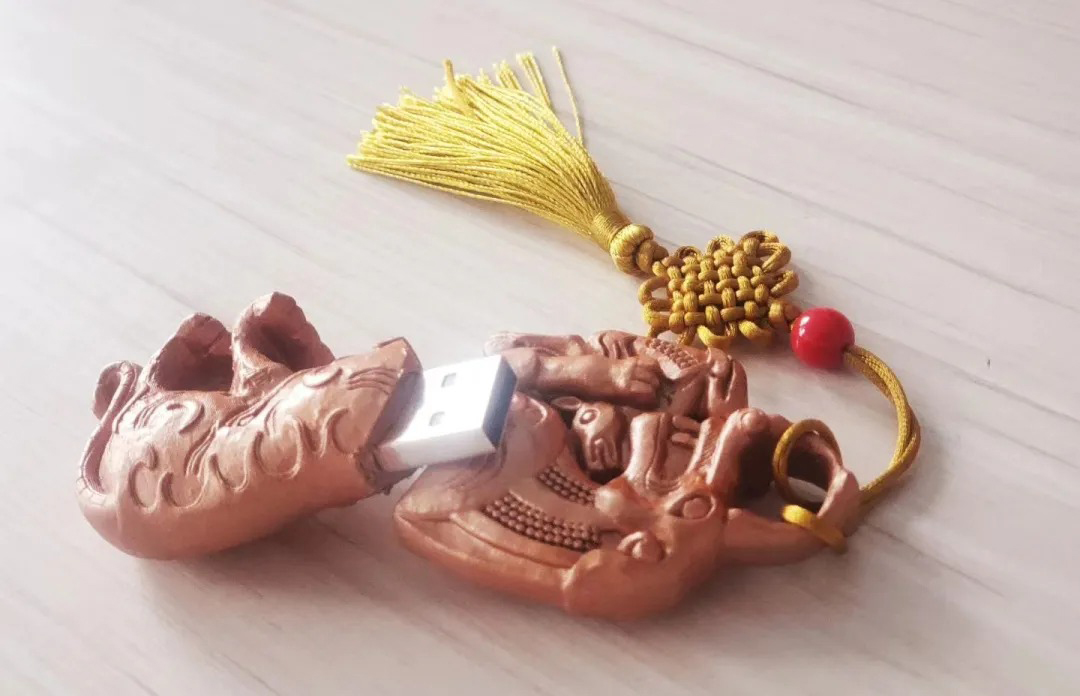




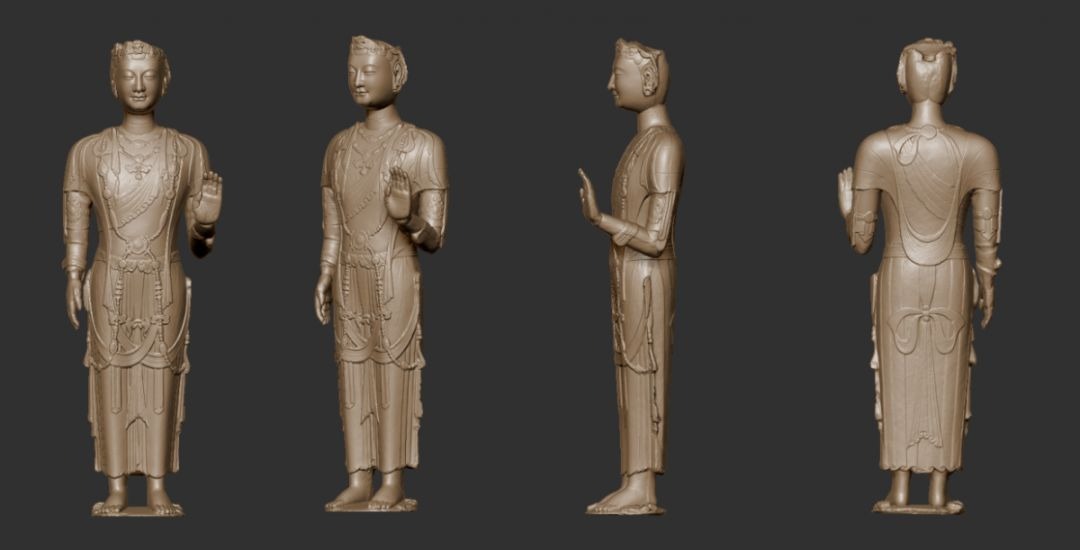
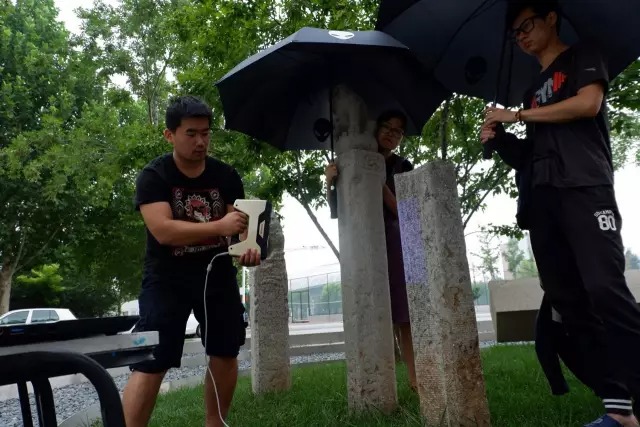
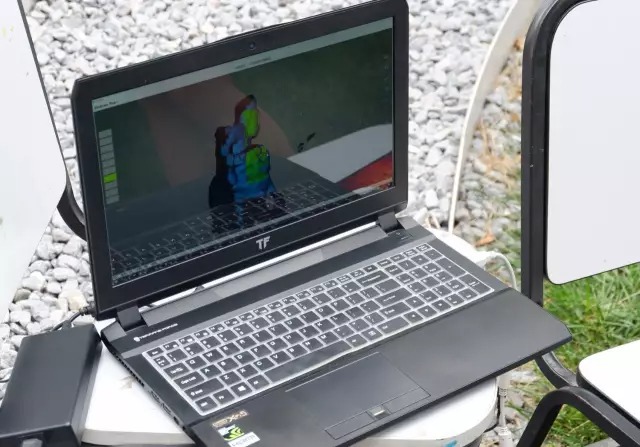


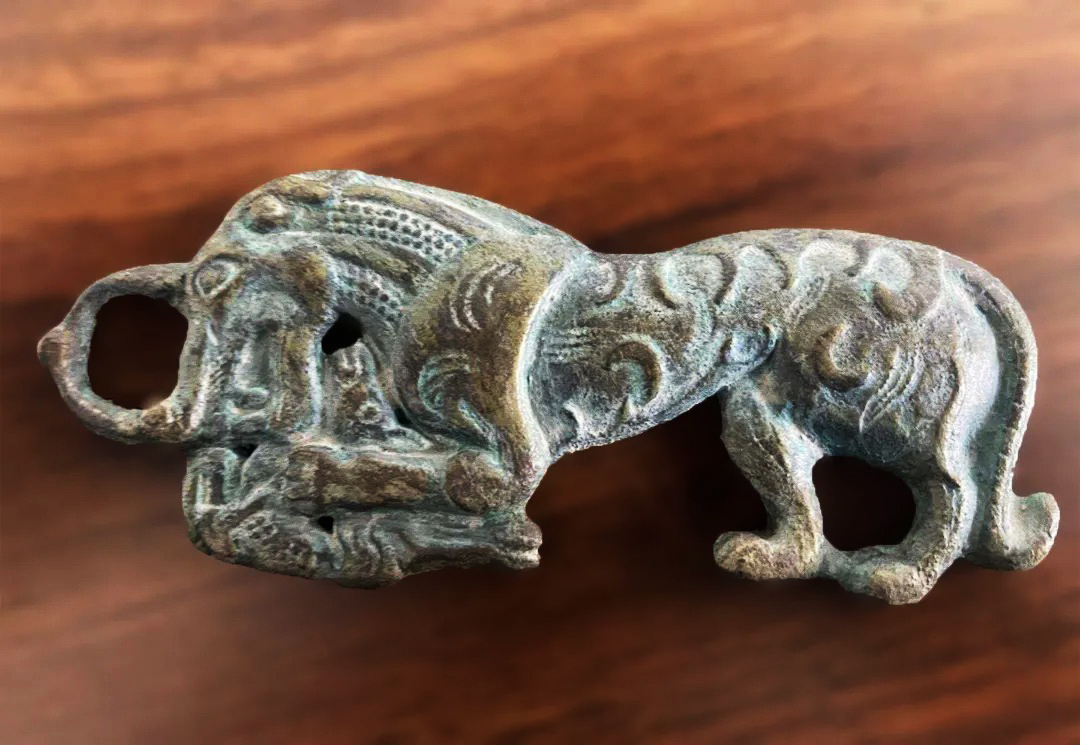
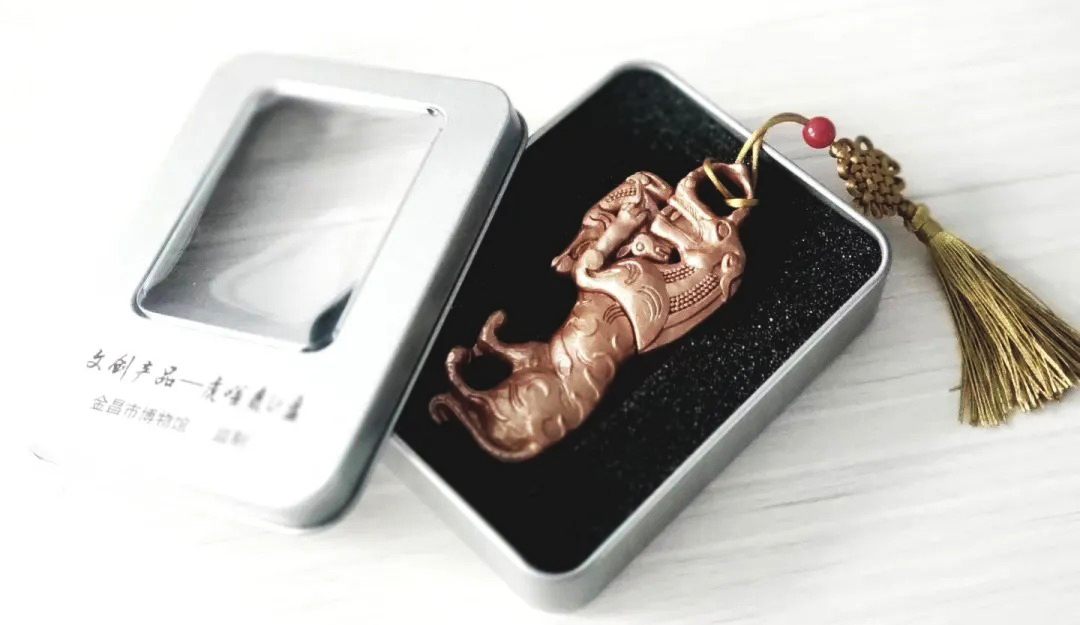
Leave A Comment